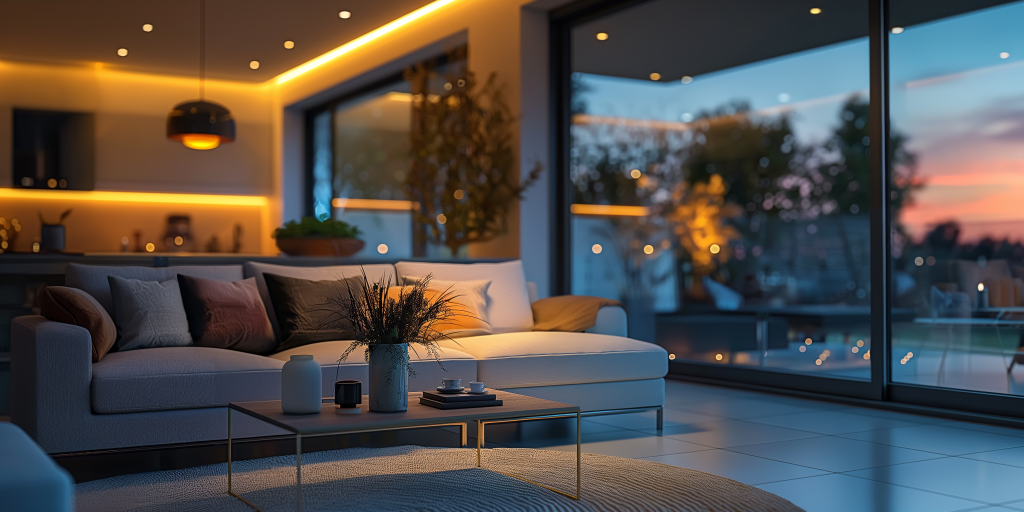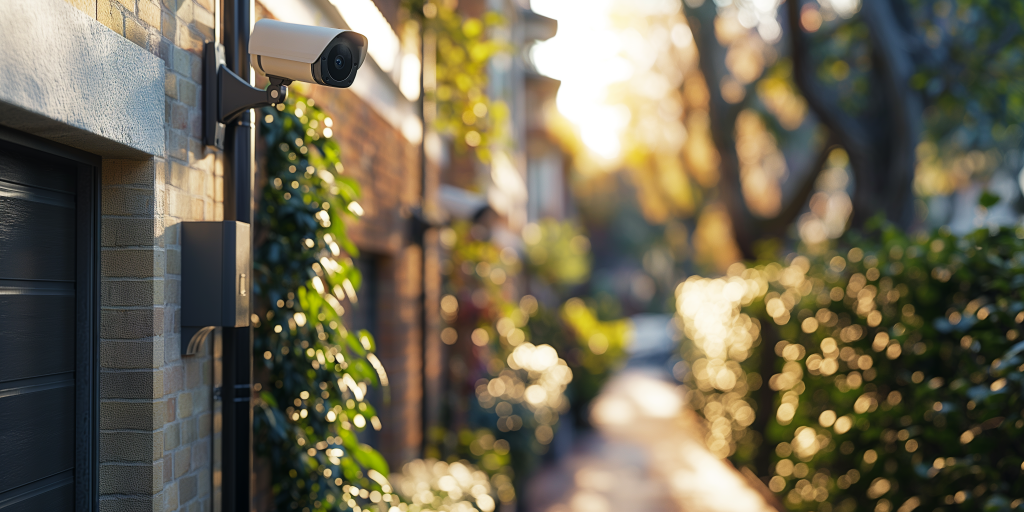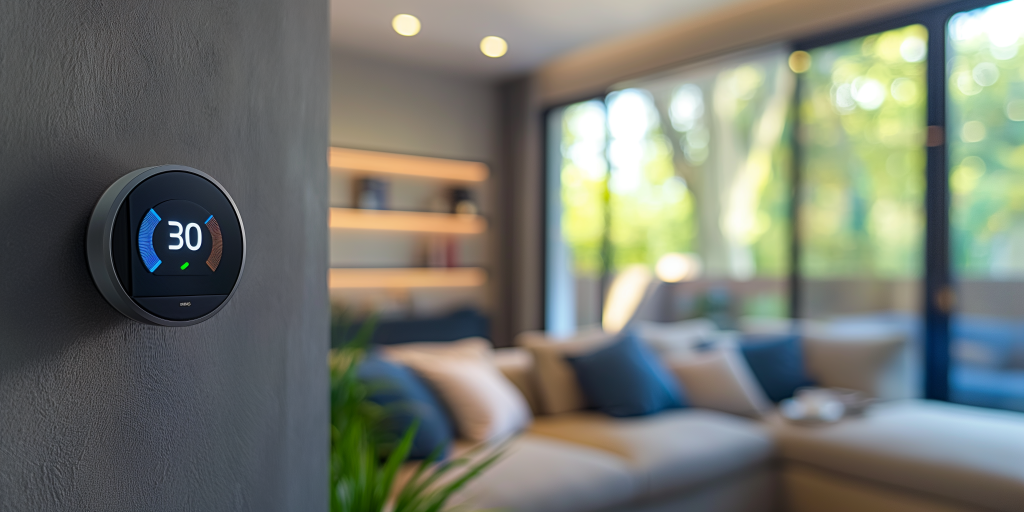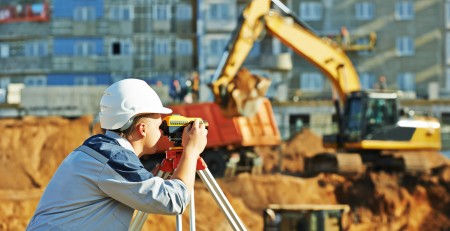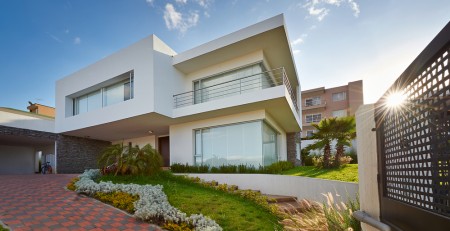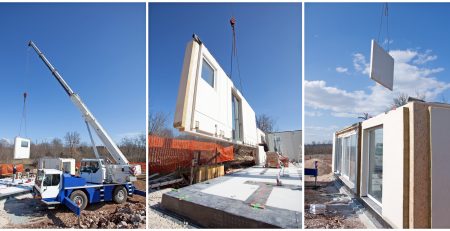Future-Proof Living: Smart Home Technology Integration in New Constructions
In an age of rapidly evolving technology, the concept of smart homes is no longer a futuristic dream but a present-day reality. Integrating smart home technology into new constructions offers many benefits, from enhancing energy efficiency to improving security and comfort.
This blog post explores the steps and considerations involved in future-proofing homes through smart technology integration, ensuring they remain adaptable and valuable for years.
Understanding Smart Home Technology
Smart home technology refers to a network of devices and systems that automate and enhance the functionality of a home. These technologies include:
- Lighting Systems: Automated lighting can be controlled via apps or voice commands, with options to schedule lights to turn on or off at specific times or adjust based on natural light availability.
- Heating and Cooling Systems: Smart thermostats learn user behaviour and preferences, optimising temperature settings to enhance comfort while saving energy. These systems can be remotely controlled, ensuring the home is at the perfect temperature upon arrival.
- Security Systems: Advanced security solutions offer features such as doorbell cameras, smart locks, motion sensors, and integrated alarm systems. These can all be monitored and controlled remotely, providing real-time alerts and live feeds.
- Entertainment Systems: Smart speakers, TVs, and streaming devices can be interconnected to provide seamless media experiences. Voice commands can control music, TV shows, and movies, creating an integrated entertainment hub.
These devices can be controlled remotely through smartphones or other internet-connected devices, providing unparalleled convenience and efficiency.
Designing for Integration
The integration of smart home technology begins at the design phase of new constructions. This proactive approach ensures that the necessary infrastructure is seamlessly incorporated, avoiding the need for costly and less efficient retrofitting. Key considerations include:
- Wiring: Installing adequate wiring to support smart devices. This includes ensuring power and data cables are strategically placed throughout the home.
- Sensors: Strategically placing sensors to monitor and control various systems. Sensors can be installed in walls, ceilings, and other discrete locations to detect motion, temperature changes, humidity, and more.
- Control Systems: Designating spaces for control hubs and interfaces. Central control panels can be installed in convenient locations, while secondary control points can be placed in various rooms for easy access.
- Network Infrastructure: Ensuring robust and reliable Wi-Fi coverage throughout the home. This may involve installing multiple access points or mesh networks to eliminate dead zones and ensure all smart devices remain connected.
By planning for these elements from the outset, builders can create homes that are ready to embrace future technological advancements.
Enhancing Energy Efficiency
One of the most significant benefits of smart home technology is its potential to enhance energy efficiency. Automated systems can optimise heating, cooling, and lighting based on real-time data, such as occupancy and environmental conditions. This not only reduces utility costs but also contributes to sustainability. Considerations for energy efficiency include:
- Smart Thermostats: Devices that learn user preferences and adjust temperatures accordingly. They can detect when the home is unoccupied and lower energy consumption during those periods.
- Automated Lighting: Systems that turn off lights when rooms are unoccupied and adjust brightness based on natural light levels reduce energy waste and extend the life of light bulbs.
- Energy Management Systems: Platforms that monitor and optimise energy usage across the home. These systems can provide insights and recommendations for further energy savings, such as identifying energy-hogging appliances and suggesting replacements.
These technologies work together to create environmentally friendly and economically efficient homes.
Improving Security
Smart home security systems offer advanced features that significantly enhance the safety of residents and property. These systems can include:
- Remote Monitoring: Allowing homeowners to monitor their property in real-time from anywhere in the world. This includes live video feeds from security cameras and notifications of any detected movement.
- Real-Time Alerts: Sending notifications to homeowners in case of potential security breaches. These alerts can be sent via text, email, or push notifications, ensuring homeowners are immediately aware of any issues.
- Automated Responses: The system can trigger alarms, lock doors, or contact authorities automatically if a break-in is detected. For example, if a break-in is detected, the system can sound an alarm, lock all doors, and alert local law enforcement.
By integrating these systems into new constructions, builders can provide homeowners with peace of mind and a higher level of security.
Facilitating Convenience and Comfort
Smart home technology provides unparalleled convenience and comfort by allowing residents to control various aspects of their home environment easily. Features that enhance convenience and comfort include:
- Voice-Activated Systems: Enabling hands-free control of lighting, temperature, and entertainment. Popular systems like Amazon Alexa, Google Assistant, and Apple Siri can be integrated to manage smart devices with simple voice commands.
- Automated Routines: Setting up routines that automatically adjust settings based on the time of day or specific activities. For example, a morning routine might gradually increase the brightness of the bedroom light, start the coffee maker, and play a news briefing.
- Personalized Settings: These settings allow users to customize their environment to their preferences, such as preferred temperature or lighting levels. Different profiles can be set up for different family members, ensuring everyone’s comfort.
These features create a living environment that is both responsive and intuitive, enhancing the overall quality of life.
Planning for Future Upgrades
Future-proofing a home involves planning for future technological advancements. This ensures that the home remains adaptable and can integrate new devices and systems as they become available. Key strategies include:
- Compatibility: Ensuring that the infrastructure is compatible with a wide range of devices and systems. Open standards and protocols, such as Z-Wave and Zigbee, can be used to facilitate compatibility across different manufacturers and devices.
- Scalability: Designing systems that can be easily expanded or upgraded. Modular systems allow for the addition of new devices without significant reconfiguration.
- Upgradeability: Allowing for easy replacement or addition of components without significant disruption. This includes using universal mounting systems and modular wiring that make swapping out or adding new devices easily.
By considering these factors, builders can create homes that can evolve with technological advancements, maintaining their relevance and value.
Enhancing Property Value
Homes with integrated smart technology will likely have higher property values due to their modern features, energy efficiency, and enhanced security. These attributes make them more attractive to potential buyers, particularly tech-savvy ones who value modern conveniences. Benefits that contribute to higher property value include:
- Modern Features: Highlighting the latest in smart home technology. Marketing materials can emphasise the convenience, safety, and energy savings offered by smart systems.
- Energy Efficiency: Demonstrating cost savings and environmental benefits. Energy-efficient homes are increasingly in demand as buyers become more conscious of their carbon footprint and utility costs.
- Enhanced Security: Providing a safer living environment. A robust security system can be a major selling point, particularly in areas where safety is a primary concern.
These factors make smart homes a wise investment, offering immediate and long-term benefits.
Conclusive Thoughts
Integrating smart home technology into new constructions is not just about immediate convenience and efficiency; it’s about creating homes adaptable to future technological advancements. This approach ensures long-term sustainability, security, and comfort, ultimately enhancing the overall quality of life.
By designing for integration, enhancing energy efficiency, improving security, facilitating convenience, planning for future upgrades, and enhancing property value, builders can create future-proof homes that set a new standard for modern living.


